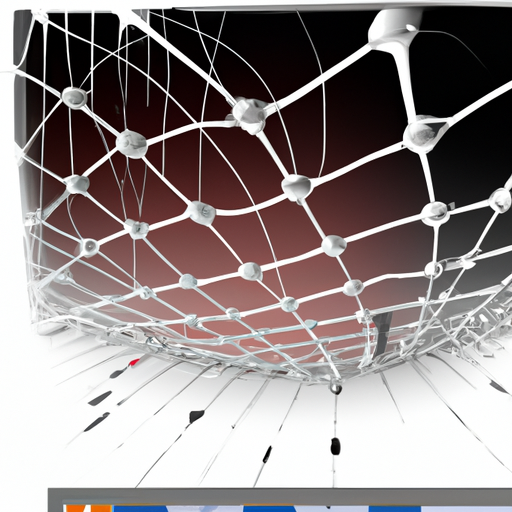As global temperatures continue to rise and the effects of climate change become more pronounced, it has become increasingly evident that we must rethink our approach to energy and resource consumption. Clean tech, or clean technology, has emerged as a key player in the quest for sustainability. This blog post explores the significance of clean tech innovations in shaping a greener future.
What is Clean Tech?
Clean tech refers to products and services that use renewable resources and reduce environmental impact. This includes technologies in areas such as renewable energy, water purification, waste management, and energy efficiency. The goal of clean tech is to provide eco-friendly alternatives to traditional fossil fuel-based technologies, helping to mitigate the negative effects on our environment.
The Impact of Renewable Energy
One of the most significant sectors within clean tech is renewable energy. Innovations in solar, wind, and hydroelectric power have transformed how we harness natural resources for energy production. Here are a few critical aspects:
- Solar Energy: With decreasing costs and efficient technology advancements, solar panels are more accessible and effective than ever.
- Wind Energy: Wind farms generate electricity with minimal environmental disruption and are a vital component of sustainable energy systems.
- Hydroelectric Power: Utilizing flowing water has proven to be a reliable and consistent energy source, contributing to a cleaner energy grid.
Advancements in Sustainable Technology
The clean tech sector is bursting with innovation. Here are some highlights of eco-friendly solutions that are making a difference:
- Energy Storage Solutions: Better batteries and grid storage technology allow for the efficient capture and use of renewable energy.
- Electric Vehicles: The push towards electric vehicles reduces reliance on fossil fuels and lowers greenhouse gas emissions.
- Green Building Technologies: Sustainable construction materials and energy-efficient systems can significantly reduce a building’s carbon footprint.
The Future of Clean Tech
As governments, businesses, and individuals become more aware of environmental issues, the demand for clean technologies will continue to grow. Investing in clean tech not only fosters sustainable practices but also offers economic opportunities and job creation in new industries.
Conclusion
Clean tech represents more than just a trend; it is a necessary evolution in how we interact with our planet. Embracing and advancing clean technologies provides a pathway toward a sustainable future, ensuring resources for generations to come. By supporting clean tech initiatives, we can collectively drive change and protect our Earth.
For more insights on clean tech and renewable energy, stay connected and explore innovative ways to contribute to a sustainable world!













